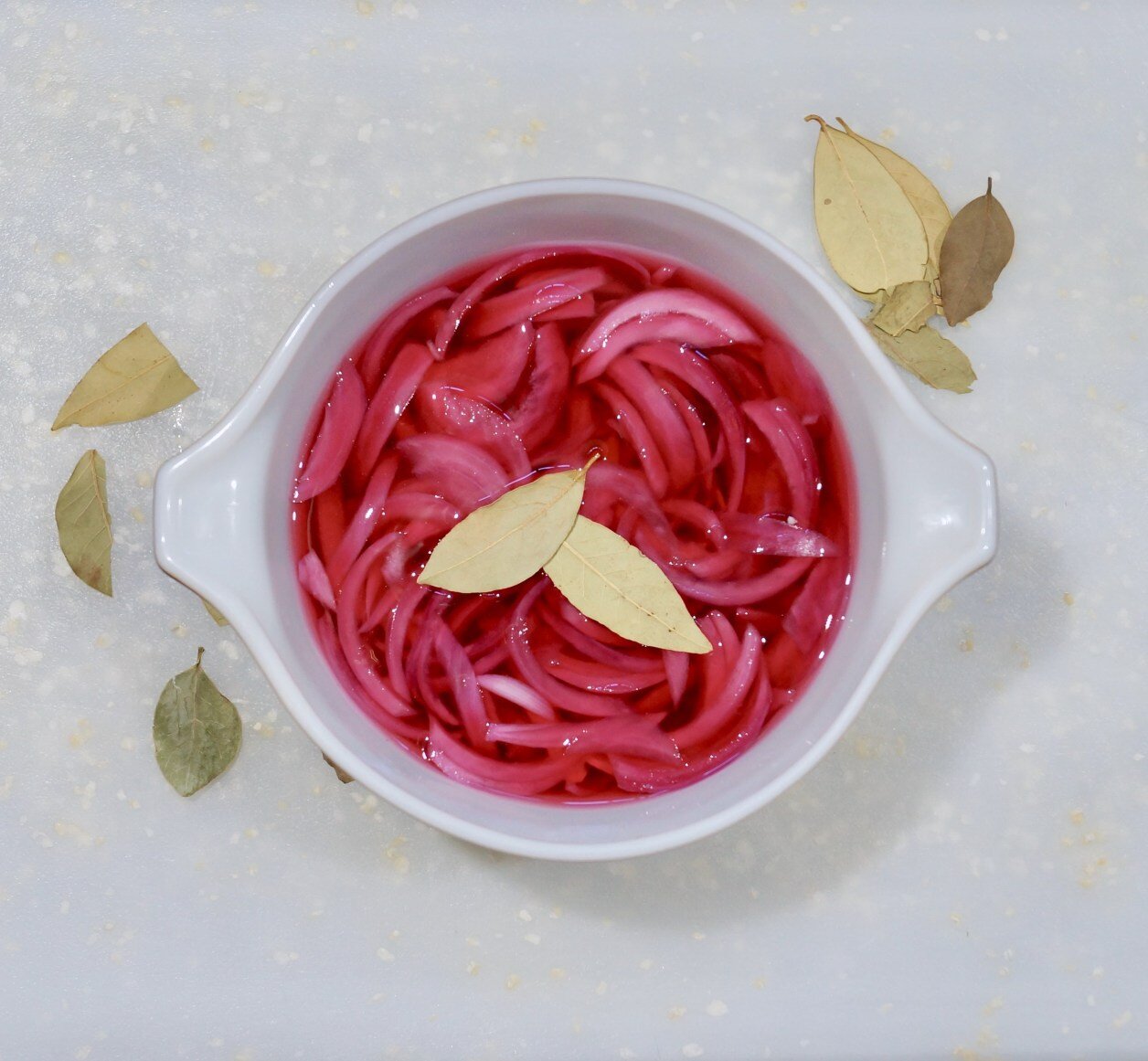Beyond Your Sourdough Starter
With the Food Waste Fair coming up this June, the Sanitation Foundation’s blog will feature ways to prevent and reduce food waste.
By: Sam Teng
These days, with the accessibility of pickles, sourdough, and yogurt in our grocery stores, it is easy to forget that fermentation and pickling were developed as methods of food preservation to prevent spoilage. Luckily for us, preventing food waste through these projects can be quite easy, delicious, and full of good-for-your-gut probiotics.
If you – like everyone else during the pandemic – began cultivating a sourdough starter, we’re empowering you to take a break from it and try a new, more low maintenance project. With so many cultures represented in NYC and around the world, we looked at how different cultures have used fermentation in tasty ways. Here are a few ideas that can jumpstart your new fermentation hobby:
Photo by Gemma from Everyday Latina
Difficulty: Easy
Time: 15 minutes to prep, 2 to 3 hours to pickle
Pickled onions are an easy way to repurpose leftover raw onion. The zippy, crunchy onions will brighten up tacos, salads, and sandwiches.
Difficulty: Easy
Time: 15 minutes to prep, 6 to 8 hours to ferment
There are many yogurt recipes that may call for special machinery, but if you already have milk and some yogurt as a starter, you can quickly make an Indian style yogurt overnight.
Difficulty: Easy
Time: 15 minutes to prep, 4 weeks to 6 months to ferment
If you have leftover apple peels and cores from a baking project, don’t throw them out! Add them to some sugar, water, and apple cider mother, and you’ll have a new jar of vinegar by the time you’re through with the bottle you bought.
Difficulty: Easy
Time: 30 minutes to prep, 7 days to ferment
There are many different types of sauerkraut, but this Ukrainian version only needs 3 ingredients: cabbage, carrots, and salt. Fermented sauerkraut can last for months in the fridge. In fact, for centuries, sour cabbage has provided much needed vitamins for sailors and workers during winters when fruit was not available.
Difficulty: Medium to hard, depending on the recipe
Photo by Betty Liu
Time: 30 minutes to prep, half a day to a day to ferment
With several more elements that add flavor and texture, kimchi is also a fermented cabbage dish. There are many variations you can make with different vegetables and flavorings, so you can make it your own. It stands alone as a snack or a tasty side dish to add a kick to your meal.
Difficulty: Medium
Time: 30 minutes to prep, 7 to 10 days to ferment
A kombucha habit can get expensive, but brewing your own kombucha is easy and affordable. Flavoring your kombucha is also customizable. You can get creative using different teas, fruits, herbs, and other flavorings.
Difficulty: Medium
Time: 30 minutes to prep, 5 to 6 months to ferment
Photo by Shihoko | Chopstick Chronicles
Miso requires a lot of patience because it takes several months to ferment. However, most of that time is passive and well spent as your miso develops its signature savory taste. Let it mature longer, and your white miso will become red miso with a deeper, bolder flavor.
Difficulty: Easy
Time: 15 minutes to prep, 3 days to ferment
Injera is a spongy, sour flatbread, traditionally made with teff flour in Ethiopian cuisine. Its fermentation takes longer than sourdough, but its preparation requires fewer steps before the batter hits the griddle. For a more involved project, pair the injera with an Ethiopian stew.




